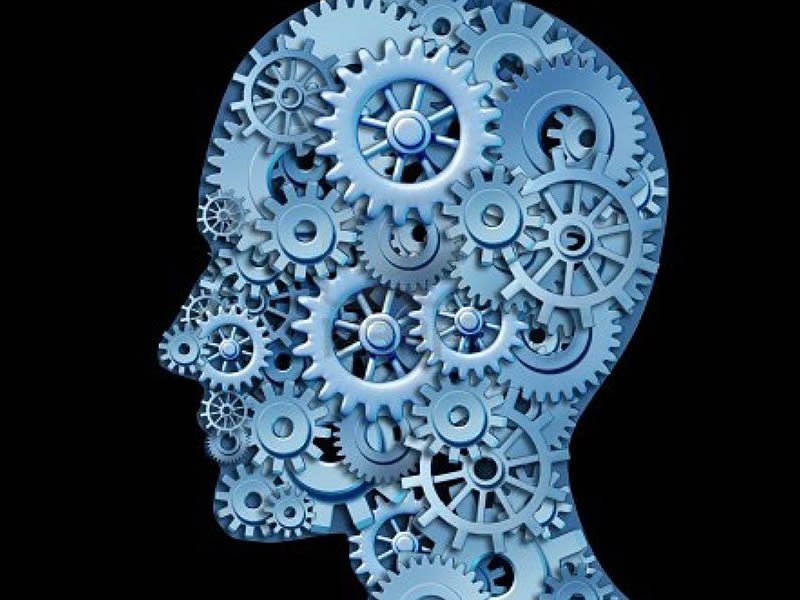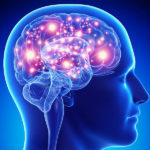Mental Health
Mental health is an integral and essential component of health. The World Health Organization [WHO] (2005) defines mental health as more than the absence of disease; it is a state of well-being in which a person is fulfilled and is able to cope with the normal stresses of life, work productively and contribute to his or her community.
In line with this definition, the European Conference on Mental Health (WHO, 2007), incorporates what makes life pleasant, productive and full, in addition to contributing to social capital. These definitions of mental health focus on the basis of well-being and on the functioning of the individual and society and connect with the promotion of mental well-being and the prevention of disorders, as well as the treatment and rehabilitation of people. For years, however, the term “mental health services” has conveyed the idea that “mental health” is synonymous with “mental illness”, moving away from the WHO-driven conception.
In addition, increasing care pressure has helped to reinforce this idea, as health professionals devote most of their time to the treatment of illness rather than to the promotion of well-being or mental health. The promotion of mental health also implies the adoption of an approach, based on a positive perspective, which seeks a balance between preventive actions for the solution or reduction of deficits and those that enhance the health of individuals and communities, considering assets relevant to health.
The final intention of health promotion actions is to empower individuals and communities with the capacity to identify, control and use the resources needed to improve the quality of life. As initially described by Antonovsky (1987) and later by Eriksson and Lindstrom (2008), the development of life can be likened to crossing a river, where people can be “saved from drowning” -a curative perspective-, “put up barriers to avoid risk or lifesavers to avoid drowning” -a perspective of protection and prevention, “to teach how to swim” -a perspective of education and health promotion- and “to swim properly, knowing the options and conditions of the current” which is the ultimate objective of health promotion (Rivera, Ramos, Moreno & Hernán, 2011).
The incorporation of healthy development along the river of life implies that, in mental health promotion activities, professionals reflect on what assets or capabilities of people and the context serve to enhance mental health. In this sense, it seems logical to explore and share the practical experiences carried out under a salutogenic vision, detecting factors that can be replicated to develop useful actions for the mental health of the population. Integrating health promotion in the set of mental health actions, as well as integrating mental health in the set of health promotion actions are two objectives that various studies have explored:

On the one hand, some have analysed the use of mental abilities to strengthen the capacity of the individual, the group and the environment to promote well-being and optimum development (Power, 2010); on the other hand, work is being carried out focused on actions so that the person knows his or her own aptitudes and learns to face daily pressures and develops by working or contributing to his or her community (Herrman, Saxena and Moodie, 2005); and it is also interesting to explore from this perspective what makes life pleasant, productive and full, contributing to the social capital and economic development of societies.
Instead of working on deficits and the absence of mental illness, the salutogenic approach to mental health promotion seeks to promote a more pleasant, productive and satisfying life, in which a good state of mental health can produce, relate to, adapt to, cope with adversity and contribute to community building. In this sense, the scientific evidence sustains that a high level of well-being is associated with positive functioning (ForesightProgramme, 2008; Power, 2010) that includes creative thinking, good interpersonal relations, coping capacity in the face of adversity. On the other hand, people with a low level of mental well-being have worse functioning, worse health and worse life expectancy, which predicts a higher frequency of use of the health system.
The promotion of mental well-being can be approached from different strategies; strengthening the role of individuals and communities, reducing structural barriers to good mental health and improving the quality of the physical environment. Achieving a balance between these options is not easy, but it is necessary to unite actions so that the individual and the social are a consistent sum, forming part of the integral design of initiatives to promote health. Along these lines, the Andalusian Comprehensive Mental Health Plan (PISMA) proposes five suggestions for individual action, identified on the basis of an extensive review of the available evidence (ForesightProgramme, 2008), seeking an equivalent to the already known recommendation on healthy eating: five daily pieces of fruit and vegetables, a model of action promoting is proposed:
Connect… Connect with the people around you. With your family, friends, classmates and neighbors. At home, at work, at school, or in your community. Consider these as pillars of your life and invest time in them. By building these supports you will sustain and enrich your daily life.
Be active… Go for a walk or jog. Go out into the street. Take the bicycle. Take part in a game. Gardening. Dance. Exercise will make you feel good. The most important thing is to find a physical activity that you enjoy and that suits your level of mobility and your physical condition.
Pay attention to things… Be curious. Pay attention to nice things. Notice things out of the ordinary. Perceive the change of seasons. Taste the moment, whether you’re walking to work, having lunch, or talking to friends. Be aware of the world around you and what you feel. Reflecting on your experiences helps you value what is important to you.
Continue to learn… Try something new. Rediscover an old hobby. Sign up for “that” course. Take on a new responsibility at work. Fix a bicycle. Learn to play an instrument and how to cook your favorite food. Set a goal you’d like to achieve. Learning new things will make you feel safer as well as having fun.
Giving… Do something nice for a friend or stranger. Smile. Join a group in your community. Look out and in. Valuing yourself, and your happiness, as something connected to a larger community can be very rewarding and creates connections with the people around you.









